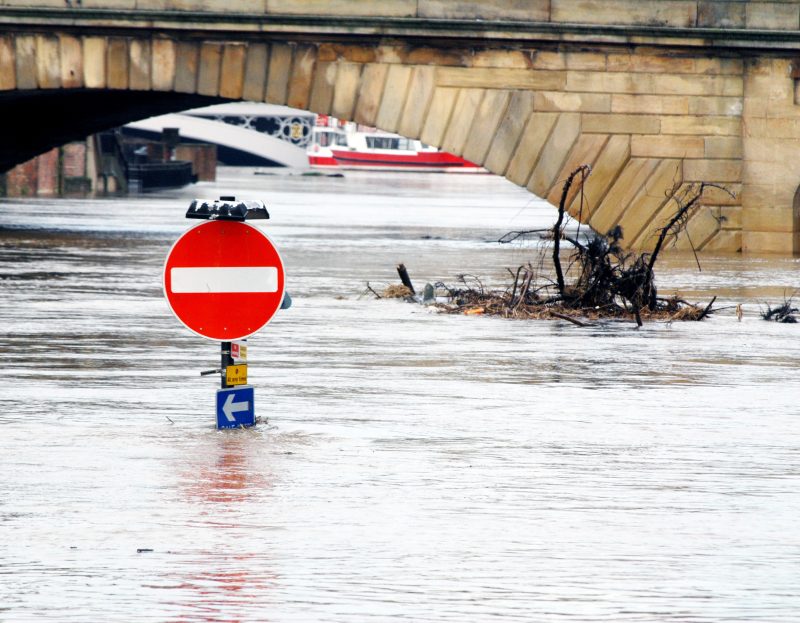Nov 22, 2023 | News

Flood Re - key to providing flood insurance
As global temperatures increase, extreme weather events become more likely and more severe.
Higher temperatures increase the amount of moisture the atmosphere can absorb, which in turn translates into more storms and heavier rains when the heavens do open. Paradoxically there are more dry spells as water evaporates from the land, but very heavy rain is now more frequent and devastating events such as Storm Desmond are statistically 59% more likely to occur than 30 years ago.
This has resulted in many homes being flagged up by insurers as at risk of flood, including large swathes of London following torrential downpours there in the last couple of years, whereas previously they may have been viewed as zero or very low risk. In the urban environment it is normally the risk of run-off from hard surfaces that is the issue, rather than the proximity of a watercourse.
In 2016 the insurance industry launched the Flood Re scheme to keep the cost of flood insurance both available and affordable for households located in significant risk areas. The scheme is run on a not-for-profit basis and is financed by a levy from all subscribing insurers. The Government does not subsidise the scheme but instead provides resources to fund relief if the country is hit by an especially costly flood.
Flood Re is effective across the UK and in 2022 covered 256,634 homes. To avoid incentivising the building of houses on land with a high flood risk, the scheme excludes houses that were built after 2009 when a separate agreement between insurers and Government concerning flood risk came in to being.
When an insurer cedes the flood element of a risk to Flood Re this obviously does add to the cost of insurance but crucially ensures that a house can be covered for flood damage. When going through the process of purchasing a house it is most important to take heed of the results of the environmental searches. If these flag a risk of flood, as long as the house will be your home i.e. it will not be let and it was built before 1st January 2009, you should be able to insure the property against flood damage and comply with the conditions of most mortgages.
When it was established in 2016 Flood Re was expected to be in place for 25 years, to allow time for improved flood mitigation investment to have an effect and to enable the insurance market to return to regarding flood as an unexceptional risk. Time will tell whether this can be achieved but the jury has to be out as to whether Flood Re will need to exist for longer than originally envisages and it would be brave to bet against it.